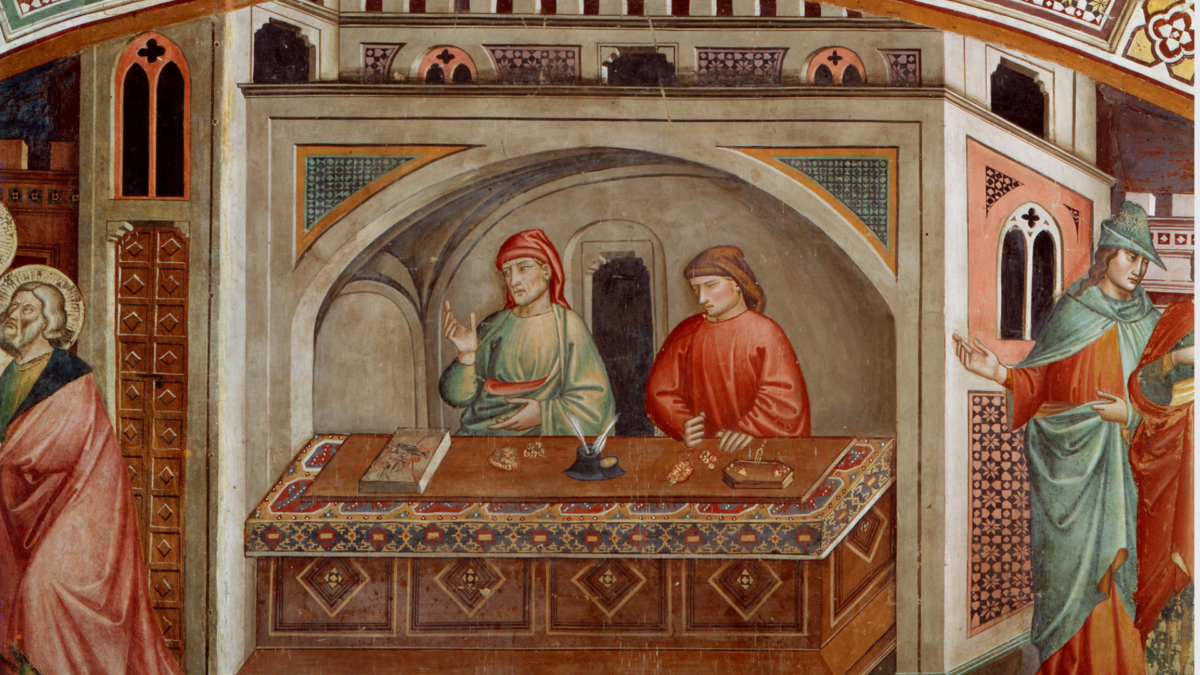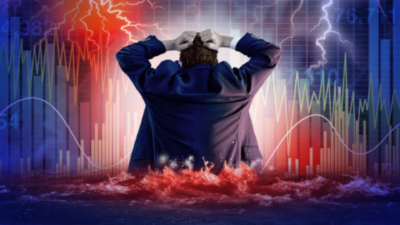Markets will tolerate government policy – until they don’t
While politicians may win elections, it doesn’t give them a blank cheque. As far back as the Italian renaissance, when the Medici Bank’s deep pockets had popes and princes on a financial leash, money has had a quiet, but firm say in politics. Or during Imperial China, even the divinely anointed emperors depended on the grain tribute and credit networks that merchants controlled. When these faltered, dynasties fell. As the Iron Bank in Game of Thrones put it, money sets the terms – not politicians.
Much of this still holds true today. Governments solely reliant on tax revenue for funding are few and far between. Tariffs and levies dressed up as “modernisation” can help close the gap, but eventually they must turn to the capital markets.
But markets don’t care who won the vote; their sole concerns are risk and return. Political slogans don’t settle bond auctions. Capital backs capital.
US President Donald Trump’s first 100 days didn’t surprise markets at first – until they did. His “Liberation Day” speech, pushing economic sovereignty, was another spin on the “America First” mantra.
Markets had been rallying on expectations of deregulation and tax cuts. But when it looked like he might mean what he admittedly campaigned on, investor confidence wobbled. In three days alone, the 10-year Treasury yield jumped from 3.9 per cent to 4.5 per cent, a move of an extent not seen in decades. Equities flinched, but bonds screamed. This wasn’t just about tariffs. It was about trust.
Now the Federal Reserve’s independence is under scrutiny. Trump has made no secret of wanting a Fed chair who shares his political beliefs about the economy. Jerome Powell’s term runs to May 2026, but still, even the suggestion of an early exit has investors edgy. Treasuries dipped, the dollar softened, equities slid.
The message landed: the Fed’s independence isn’t up for negotiation, not even by the author of The Art of the Deal. As one hedge fund manager in New York sarcastically quipped, “If Trump replaces Powell with a Fox News host, US Treasuries will get slammed.”
Undermining the Fed triggers a repricing of risk premiums. That pushes up borrowing costs for households, businesses and governments. With US debt above 120 per cent of GDP, even modest rate moves hits budgets, especially when debt servicing is already overshadowing the US defence budget.
Even if Trump walks back on his more extreme executive orders, the markets have priced-in volatility already. China and Japan (the two largest foreign holders of US Treasuries) have been quietly reducing their exposure. This isn’t about a trade rift any longer. Tariffs are just the symptoms now. The deeper worry is policy instability. The dollar’s reserve status isn’t bulletproof. As JP Morgan famously said in the wake of the dissolution of the trusts in 1905, “You can’t unscramble eggs.”
History offers actual comparisons. After World War II, the US slashed its debt-to-GDP ratio from 120 per cent to under 35 per cent by 1980. But that was under capital controls, limited mobility, and far fewer investment alternatives. Try that now and investors will vote with their feet. The curtain has already been pulled back.
In 2011, Italy’s Berlusconi government refused to act as debt concerns mounted. Bond spreads blew out, Rome blinked, and policy crumbled. The pattern is clear: when markets are uncertain, whether from drift, dysfunction or delusion, they don’t wait to react.
More recently, we’ve seen what happens when markets lose trust in political leaders. In 2022, Liz Truss, then UK Prime Minister, unveiled a £45 billion unfunded tax plan. UK gilts collapsed, pension funds buckled, and the Bank of England had to step in. She lasted in office just 49 days.
Equities may ride the waves; bonds don’t. They insist on firmly placed anchors.
Now we’re hearing about more Trump-era tax cuts. Some estimates put the cost of extending the tax cuts by another five years at four to five times larger than early DOGE austerity targets.
If pushed through, this extension could blow a much bigger hole in the US budget as the myth of “trickle-down” is just that – a myth. The Congressional Budget Office has already raised the red flag. The gap between what Trump 2.0 proposes and what the balance sheet can bear is growing impossible to ignore.
Capital markets don’t set policy, but they do enforce the limits. Just as gold once anchored currencies, Treasuries now anchor the system. If that anchor slips, the fallout won’t be neat. It’ll come with volatility, capital flight and political scrambling.
That’s why this moment matters. If confidence in Treasuries drops further, governments won’t find alternatives over cocktails at Davos. The adjustment will be messy and drawn-out. But the shift has already started. Markets are testing assumptions (as they always do) and they’ll keep testing until they get answers.
Trump 2.0 could be a geopolitical Berlin Wall moment for the West, not because of what’s been executed, but because the cracks in the foundation are now becoming visible. As Aldous Huxley said, “Facts do not cease to exist because they are ignored.” Markets aren’t ignoring the signals. They’re just repricing them.











